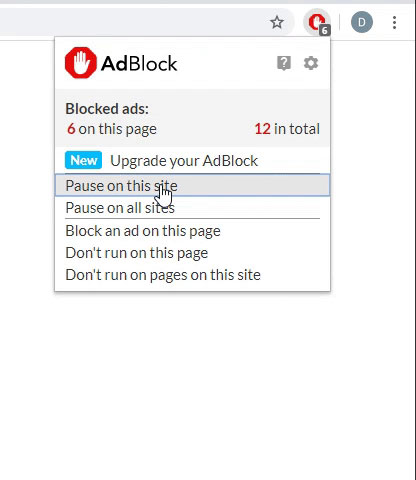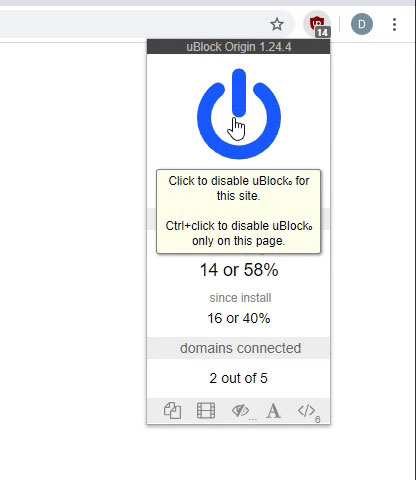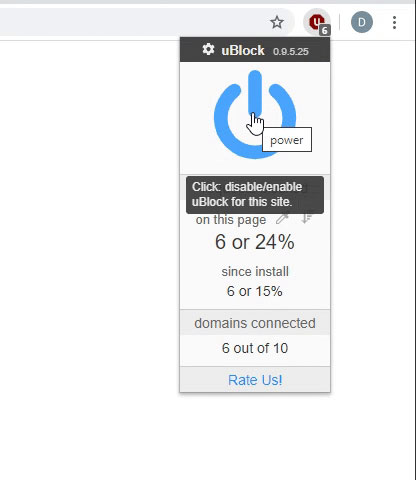dave3009
Well-known Member
- Joined
- Jun 23, 2006
- Messages
- 7,142
- Office Version
- 365
- 2021
- Platform
- Windows
- Mobile
- Web
Hi Folks
I use a few formulas that run a various sizes of data. One of my analysis tools currently has a series of SUMPRODUCT's, SUMIF's, COUNTIF's etc etc which check data anything from a day to a year in size (there is no fixed size to them either). So I came up with a fix I use =COUNTA(A:A) and then INDIRECT it in another formula
Problem I then got is if a few blanks appear in my reference column the lot doesn't total so I then came up with
Which is good and works with the data I use but I was wondering if there was a better way of doing it or even a way of getting a reference to the last row without the use of VBA. This is just incase I ever have large gaps that don't get filled enough to pick up the next lot of COUNTA's
Thanks in Advance
Dave
I use a few formulas that run a various sizes of data. One of my analysis tools currently has a series of SUMPRODUCT's, SUMIF's, COUNTIF's etc etc which check data anything from a day to a year in size (there is no fixed size to them either). So I came up with a fix I use =COUNTA(A:A) and then INDIRECT it in another formula
Code:
=SUM(A2:INDIRECT("A"&C2))Problem I then got is if a few blanks appear in my reference column the lot doesn't total so I then came up with
Code:
=COUNTA(A:A)+COUNTBLANK(A1:INDIRECT("A"&COUNT(A:A)))Which is good and works with the data I use but I was wondering if there was a better way of doing it or even a way of getting a reference to the last row without the use of VBA. This is just incase I ever have large gaps that don't get filled enough to pick up the next lot of COUNTA's
Thanks in Advance
Dave





